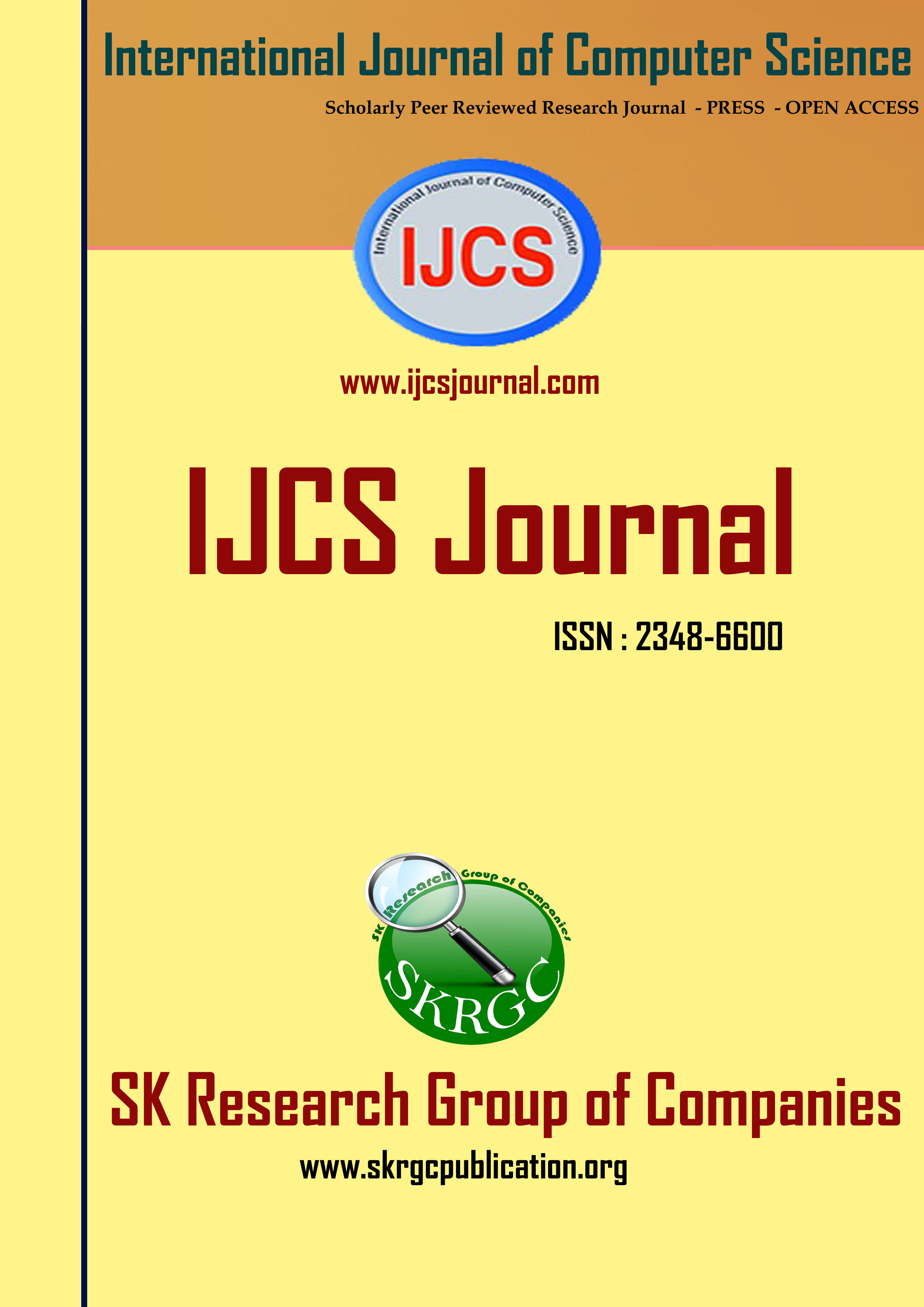DETECTING WORMHOLE ATTACK IN WIRELESS NETWORK CODING SYSTEM USING DAWN& ETX
International Journal of Computer Science (IJCS) Published by SK Research Group of Companies (SKRGC)
Download this PDF format
Abstract
The wireless network coding system is an efficient method to improve the performance of a wireless network. These systems have become more popular among the wireless networks. But this system also faces serious threats in the form of Wormhole attack. The wormhole attack degrades the performance of the network coding systems. In order to overcome this problem various methods have been presented. For networks with centralized authority, a centralized algorithm is used. In this algorithm, a central node gathers the information from all the nodes in the network and evaluate whether there present a wormhole link. This algorithm ranks the series of the nodes that gains the innovative packet, and uses the machine learning method to differentiate the wormhole cases. For distributed method DAWN, a Distributed detection Algorithm against Wormhole in wireless Network coding systems is used. In DAWN, during proper data transmissions, each node reports the irregular appearance of innovative packets and shares this with its neighbours. Moreover, DAWN assure a good successful detection rate. This existing method is more energy saving and hence decrease the implementation and communication costs
References
[1] Chaki, Rituparna; Chaki, Nabendu; "IDSX: A Cluster Based Collaborative Intrusion Detection Algorithm for Mobile Ad-Hoc Network"; Proc. of the 6th Int’l Conf. on Computer Information Systems and Industrial Management Applications (CISIM '07); pp. 179 - 184, June 2007; ISBN: 0-7695-2894-5
[2] Marko Jahnke, Jens Toelle, Alexander Finkenbrink,. Alexander Wenzel, et.al; “Methodologies and Frameworks for Testing IDS in Adhoc Networks”; Proceedings of the 3rd ACM workshop on QoS and security for wireless and mobile networks; Chania, Crete Island, Greece, Pages: 113 - 122, 2007
[3] Y.-C. Hu, A. Perrig, D. B. Johnson; “Wormhole Attacks in Wireless Networks”; IEEE Journal on Selected Areas of Communications, vol. 24, numb. 2, pp. 370-380, 2006
[4] F. Hong, L. Hong, C. Fu; “Secure OLSR”; 19th International Conference on Advanced Information Networking and Applications, AINA 2005, Vol. 1, 25-30, pp. 713-718, March 2005
[5] Korkmaz T.; “Verifying Physical Presence of Neighbours against Replay-based Attacks in Wireless Ad Hoc Networks”; Proc. International Conference on Information Technology: Coding and Computing 2005, ITCC 2005, pp. 704-709, 2005
[6] A. Baruch, R. Curmola, C. Nita-Rotaru, D. Holmer, H. Rubens; “On the Survivability of Routing Protocols in Ad Hoc Wireless Networks”; Converence on Security and Privacy for Emerging Areas in Communications, SecureComm 2005
[7] Yang, H. and Luo, H. and Ye, F. and Lu, S. and Zhang, U.; “Security in Mobile Ad Hoc Networks: Challenges and Solutions”; Wireless Communications, IEEE, vol. 11, num. 1, pp. 38-47, 2004
[8] Y.-C. Hu, A. Perrig; “A Survey of Secure Wireless Ad Hoc Routing”; Security and Privacy Magazine, IEEE, vol. 2, issue 3, pp. 28-39, May 2004.
[9] A. Mishra, K. Nadkarni, A. Patcha; “Intrusion Detection in Wireless Ad Hoc Networks”; IEEE Wireless Communications, Vol 11, issue 1, pg. 48-60, February 2004.
Keywords
Wireless Networks, Random Linear Network Coding, Wormhole Attack, Expected Transmission Count

